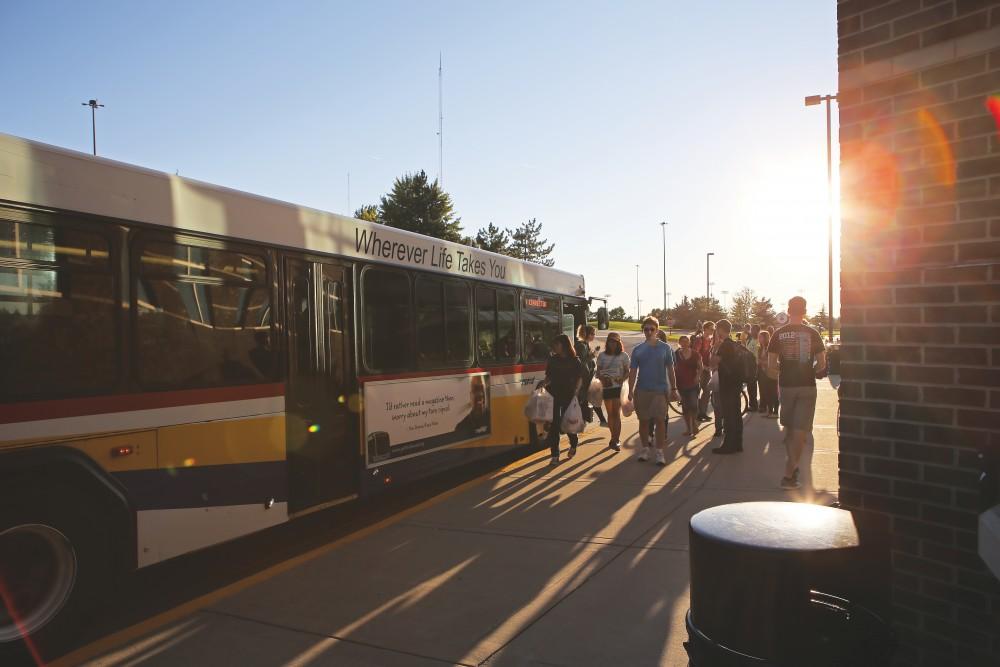Faster bus route gets development go-ahead

GVL / Archive
Jul 13, 2015
The time it takes to get from the Allendale Campus to the Pew Campus has been a point of frustration for many Grand Valley State University students in recent years. The Rapid has been trying to cut down that frustration with a new project, called the Laker Line.
The Laker Line has been in the works for about a year now, working toward a quicker and more efficient way to get students to either GVSU campus.
Last month, The Rapid received word that the project has finally been given the approval needed to start project development from the Federal Transit Administration’s Small Starts capital investment program.
Though the construction of the new line likely won’t begin until late next year, this move means that the Laker Line is eligible to apply for federal grant funding, so the project team can begin working on the earliest planning stages of the Laker Line.
Since the project is just beginning, The Rapid is not sure of the budget or what the final costs will be.
“(The approval) does not represent a guarantee of grant funding or when that will happen,” said Rapid representative Jennifer Kalczuk. “We don’t really have a say in it.”
Though The Rapid doesn’t know when they will receive the funding, Kalczuk is hopeful.
“When we actually start is contingent on when (The Rapid) gets the funding, but the Federal Transit Administration is very happy with the way that the Silver Line developed,” Kalczuk said. “Having a successful track record does help.”
In the meantime, The Rapid will be testing out the Laker Line route starting this fall with the existing Route 50 buses. The usual Route 50 route that goes from the Allendale Campus to the Pew Campus and then to Central Station will transition into the Laker Line route, meaning that instead of going to The Rapid Central Station after leaving the Pew Campus, the bus will make a few more stops downtown before going to GVSU’s Center for Health Sciences building.
“The analysis has shown that it’s better for (the riders) trips,” Kalczuk said. “That routing is best going to match their travel demands.”
There will be 14 stops total on the Laker Line route. The idea for the transition came because the team at The Rapid wanted to see how it would work out in real-time, and it is more efficient for students because many students taking the Route 50 are traveling to the CHS building anyway.
Once the Laker Line is implemented, the route will absorb the 50 and 51 routes, the GVSU Campus Connector, that travels down Lake Michigan Drive to the Pew Campus, and the GVSU Hill Dash, which travels through downtown Grand Rapids.
The Rapid will also transition the existing fleet of buses that runs on the Route 50 to the newer articulated buses. These buses are larger and hold more people, allowing more students to travel at once while being more comfortable while doing so.
Right now, Route 50 carries an average of 9,800 passengers per week. Come 2017, the Laker Line will carry a projected average of 13,000 passengers per week. The Laker Line project aims to make travel throughout GVSU’s campuses quicker and more efficient for students.
For more information about The Rapid and the Laker Line, visit www.ridetherapid.org.























